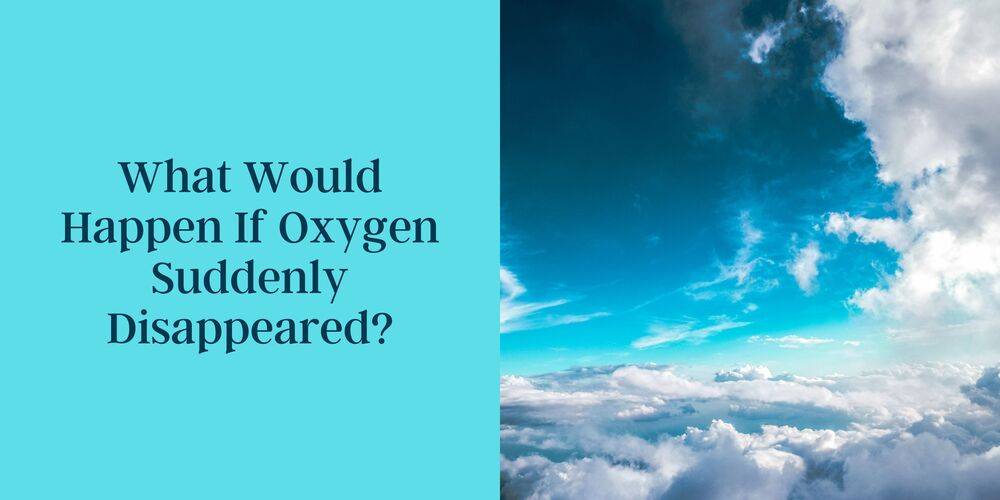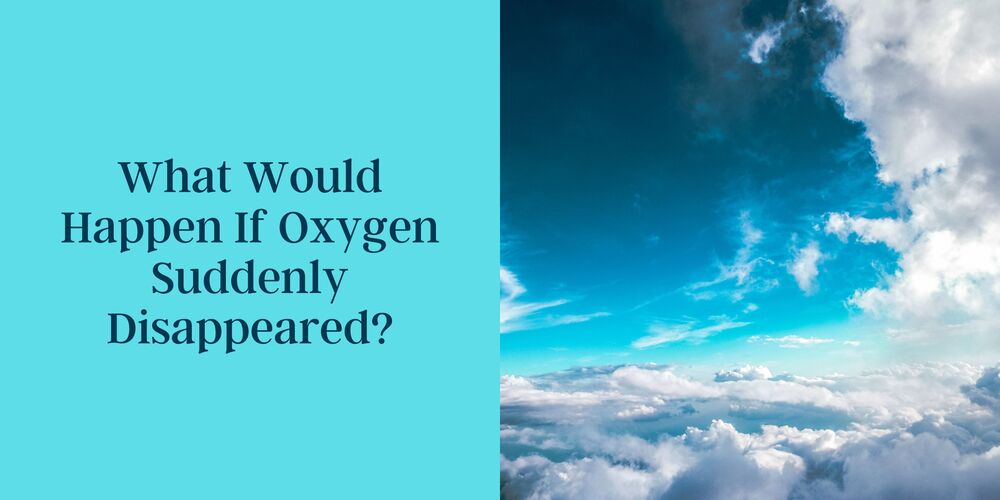Le développement de cellules cancéreuses est l’une des conséquences majeures d’un grave
manque d’oxygène.
Le manque d’oxygène dans le corps humain a été associé à toutes les principales catégories de maladies, notamment les maladies cardiaques, le cancer, les problèmes de digestion et d’élimination, les maladies respiratoires, les articulations enflammées, enflées et douloureuses, les problèmes de sinus, les infections à levures et même le dysfonctionnement sexuel. Les aliments frais vivants et l’eau de pluie contiennent de l’oxygène. Les aliments cuits et l’eau stagnante contiennent beaucoup moins d’oxygène. L'oxygène est notre principale source d'énergie, déplaçant les radicaux libres nocifs, luttant contre les toxines environnementales et éradiquant les agents infectieux anaérobies, notamment les bactéries, les parasites, les microbes et les virus qui ne peuvent pas prospérer dans des environnements riches en oxygène.
C'est la principale source d'énergie pour notre fonctionnement cérébral. Il calme l'esprit et stabilise le système nerveux. Sans oxygène, nous ne pouvons pas absorber les vitamines, minéraux et autres nutriments importants dont notre corps a besoin. Lorsque nos cellules manquent d’oxygène, elles s’affaiblissent et meurent. Sans oxygène, rien ne fonctionne très bien, voire pas du tout.
D'autres indicateurs d'un possible faible niveau d'oxygène dans le corps sont des douleurs musculaires, des oublis, des palpitations cardiaques, des problèmes de circulation ou de digestion, une croissance cellulaire endommagée, des quantités excessives de rhumes et des infections.
L'American Heart Association déclare que plus de 1,5 million de personnes meurent chaque année de maladies cardiaques et que 70 % de notre population présente des signes de maladies cardiaques. Toutes les crises cardiaques sont dues à l’incapacité du muscle cardiaque, qui travaille dur, à recevoir un apport suffisant en oxygène. Bien sûr, entretenir ses artères et ses capillaires pour faciliter le passage du sang est indispensable à une santé optimale, mais le moyen le plus rapide d'obtenir de l'oxygène à l'heure actuelle est de respirer.
L'hypoxie, ou manque d'oxygène, stimule excessivement le système nerveux sympathique, provoquant une augmentation de la fréquence cardiaque et provoquant d'éventuels troubles cardiaques. Le cœur doit travailler plus fort pour remplacer l’oxygène dont il a besoin et finira par s’effondrer.
L'épuisement de l'oxygène affaiblit notre système immunitaire, ce qui entraîne des infections virales, des cellules endommagées, des excroissances, des articulations enflammées, de graves problèmes cardiaques et circulatoires, une accumulation de substances toxiques dans le sang et un vieillissement prématuré. Un faible taux d'oxygène permet aux cellules endommagées de se multiplier et de former des excroissances dans notre corps, car nos cellules manquent d'oxygène. Si les cellules de notre corps sont riches en oxygène, les cellules mutées sont moins capables de se reproduire.
Vos poumons se détérioreront de 9 à 25 % par décennie (étude Framingham) à moins que vous ne fassiez quelque chose pour les entretenir. L'exercice est obligatoire. Un stress excessif lors de l’exercice peut en fait provoquer des blocages respiratoires qui entraînent des niveaux d’oxygène insuffisants. Plus nous resserrons ces muscles respiratoires « accessoires », plus nous obstruons les alvéoles (où l’oxygène passe dans la circulation sanguine) de nos poumons par des déchets. Cela entravera la capacité du corps à absorber l'oxygène et nous étouffons lentement ou notre espérance de vie se raccourcit.
À mesure que nos cellules vieillissent, elles perdent leur capacité à transporter l’oxygène. À mesure que le foie vieillit, il prive de plus en plus de réserves d’oxygène pour la détoxification, laissant souvent les autres systèmes du corps avec un manque d’oxygène. En cas de besoin, les cellules envoient des signaux pour envoyer plus d’oxygène. Notre cerveau en a le plus besoin, alors lorsque le corps en manque, notre cerveau en subit les conséquences.
L'oxygène provoque l'oxydation, c'est-à-dire la conversion des nutriments en énergie. Cette oxydation permet également d’éliminer les toxines et les déchets. La plus grande menace pour l’apport d’oxygène est la détérioration de notre système respiratoire. Viennent ensuite notre activité physique et notre alimentation, puis l'environnement. Bien sûr, si vous êtes actuellement dans un environnement respiratoire hautement toxique, vous voudrez en faire une priorité avant toutes les autres.
Une idée fausse très répandue est que, pendant 100 ans ou plus, l’oxygène atmosphérique représentait 30 à 40 % de l’air que nous respirons. Ce n’est tout simplement pas vrai. Les chercheurs du Scripps Institute affirment qu’il n’y a pas de pénurie d’oxygène dans l’atmosphère. Les analyses de l'eau de glaciers vieux de 10 000 ans prouvent que l'approvisionnement en oxygène n'a pas beaucoup changé. Un apport primaire en oxygène est la façon dont nous respirons. Vient ensuite la nutrition, puis l’exercice et enfin, sauf toxicité grave, votre environnement respiratoire. Les forêts tropicales constituent une source importante d'oxygène (environ 10 %), créant de la vie végétale, mais les océans et leurs nombreuses formes d'algues bleu-vert sont les principaux fournisseurs d'oxygène de la Terre. La pollution des mers entraîne une maladie généralisée et un vieillissement accéléré pour tout le monde, y compris les poissons, les baleines et les dauphins.
La malbouffe et les aliments cuits épuisent les réserves d’oxygène. Je les appelle des aliments négatifs car ils consomment plus d’oxygène qu’ils n’en dégagent. Le sucre transformé, la farine blanche, les hamburgers, les frites et la pizza sont de grands consommateurs d'oxygène. Si vous DEVEZ manger de cette façon, vous pouvez compenser une partie de la perte en mangeant quotidiennement des kilos de fruits et légumes frais crus et « mélangés ». Pas de portions ....... LIVRES.
Le stress émotionnel et physique entraîne une perte d’oxygène très élevée. La plupart du stress est partiellement ou complètement neutralisé par l’un des nombreux exercices de respiration clés.
Contrairement à ce que pensent de nombreux professionnels de la santé, l’oxygène ne détend pas le corps. Si c’était le cas, le fait d’être dans une chambre à oxygène hyperbare plongerait la personne dans un sommeil profond, et ce n’est clairement pas le cas. La manière dont la respiration absorbe l’oxygène est essentielle dans le processus de relaxation. Comment le système nerveux autonome est énervé sympathiquement ou parasympathiquement ou une combinaison des deux.
L’oxygène est gratuit, mais tout comme l’or, il peut être très difficile à trouver. Le moyen le plus efficace et le plus économique d’obtenir suffisamment d’oxygène réside dans la façon dont nous respirons.
Voici ma liste de priorités par ordre d’importance habituelle. Vous pouvez modifier l'ordre et créer votre propre programme à partir de cette liste ou choisir parmi plusieurs programmes répertoriés à la fin de cette page.






